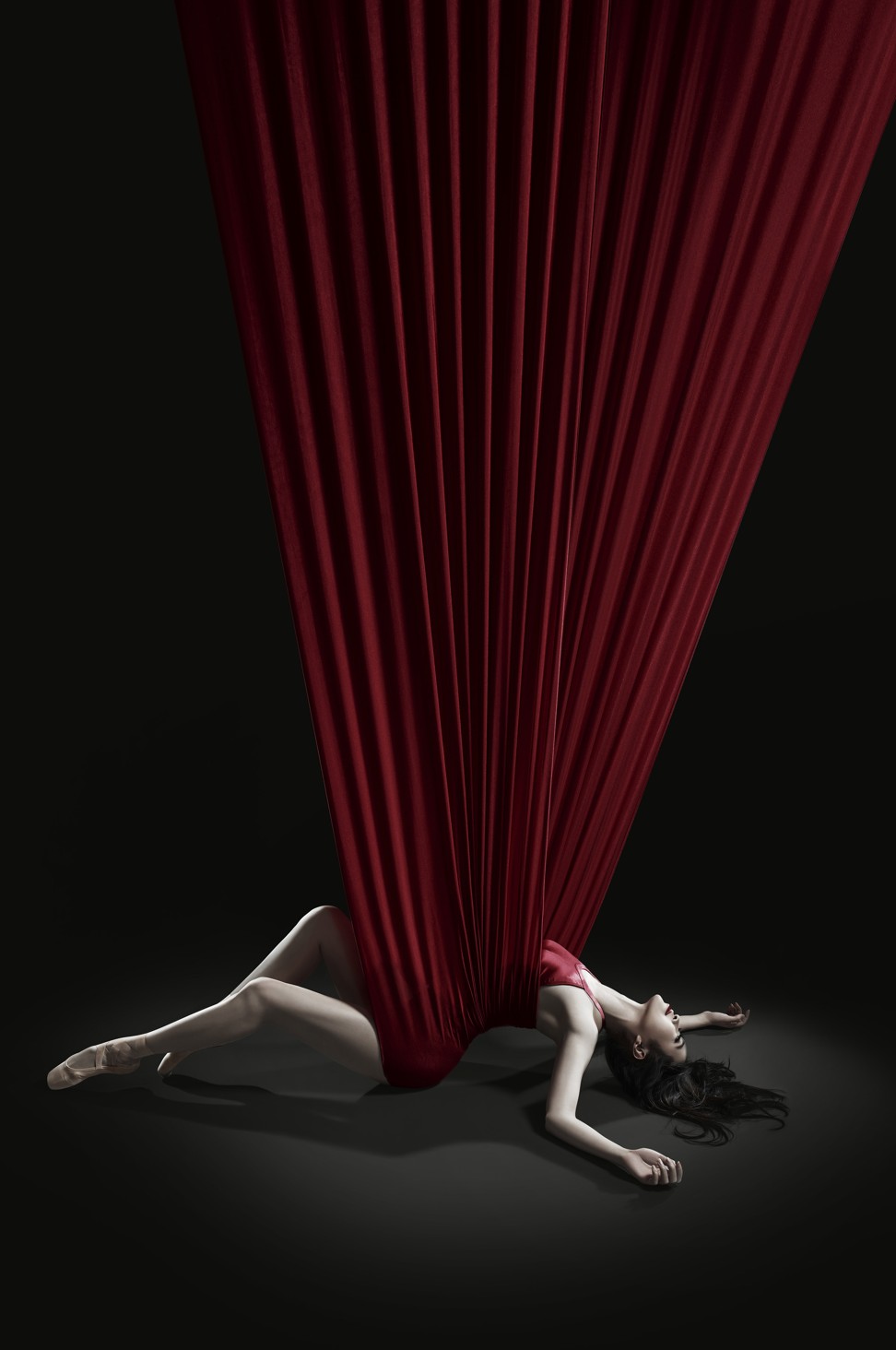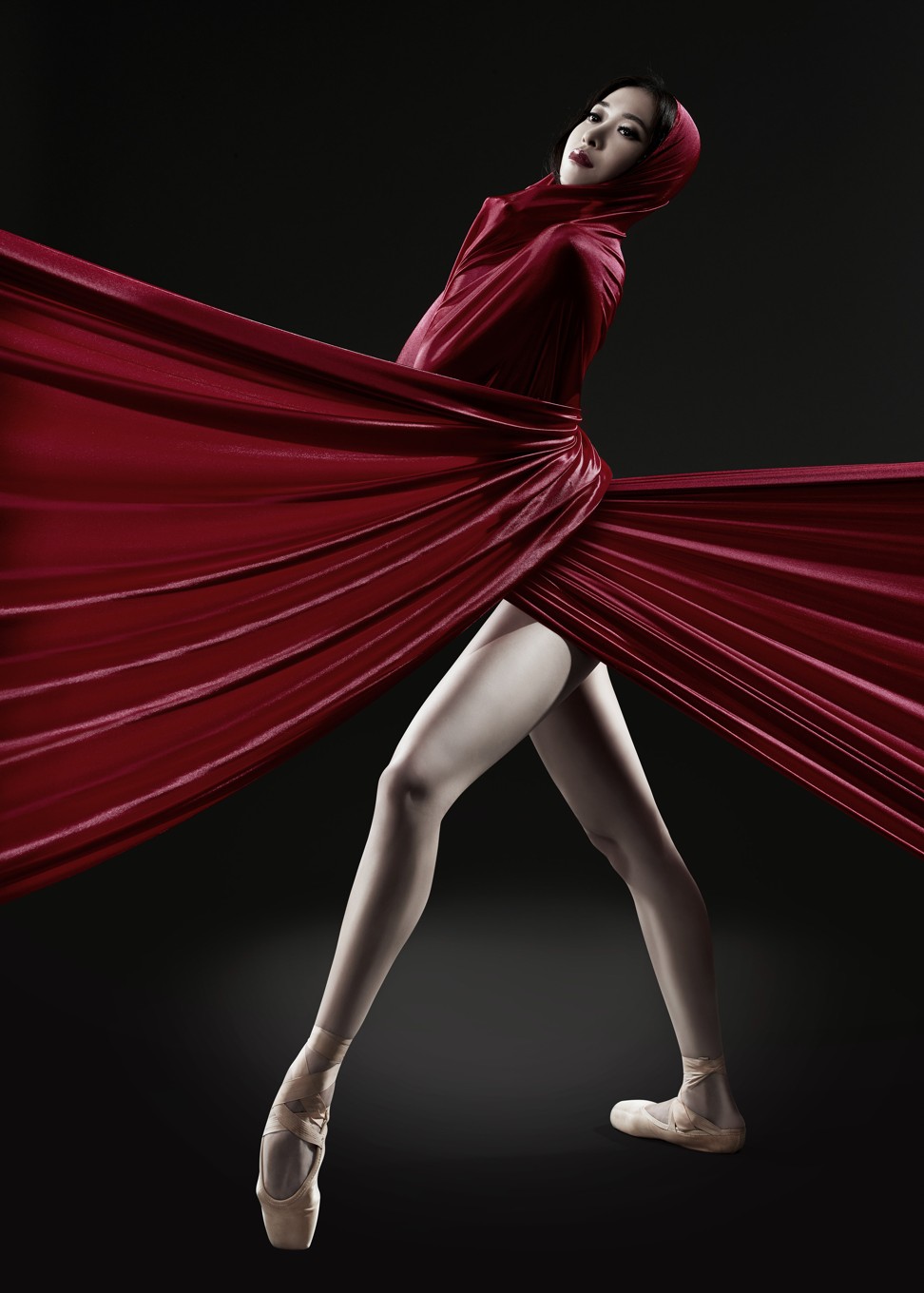
Hong Kong Ballet updates Carmen for the modern age, setting it in an Asian garment factory to a partly rock score
Choreographers Yuh Egami and Ricky Hu talk about moving Bizet’s ballet to contemporary Asia, changing the characters around and using a score from 1967 with additions by Hong Kong rock musician Mike Orange
If Carmen – the eponymous heroine in Bizet’s 1875 opera – was alive today, what sort of person would she be? That’s the starting point of Hong Kong Ballet’s new one-act ballet that premieres on May 26 as part of a new mixed bill.
Tasked to come up with some answers are Yuh Egami and Ricky Hu Song-wei, whose choreographic take on the music of Ravel’s Bolero in 2015 won the company a Hong Kong Dance Award for outstanding ensemble performance.
The pair explored many ideas (even, at one point, having a male Carmen) before eventually going back to Prosper Mérimée’s original book, which tells the tragic tale of Carmen, a seductive gypsy who works in a cigarette factory, and Don José, a young soldier who falls madly in love with her.
“It actually gave us more space to approach the story because in the original Carmen, José is not the main character, the main person is the narrator,” says Egami.
“Because we’re men and we’re trying to get into Carmen’s story we wanted to focus on José’s point of view… So that gave us the idea to bring in José as the narrator, to use the old José, looking back to what happened.”
“We’re presenting the modern woman.” says Hu. “In my memory, when we went to clubs, it was the boys who’d go after girls. Now it’s the girls who go after the boys.”

In their version of Carmen, the setting has shifted to a garment factory in contemporary Asia and the score is a mix of Bizet and original music by Hong Kong rock guitarist Mike Orange.
The ballet begins with José returning to the factory after serving a sentence in prison for killing Carmen in a jealous rage. In a reverie he’s being transported back in time to his tumultuous relationship with Carmen and the ill-fated love triangle with the Escamillo character, now transformed into the boss of the factory.
We’re presenting the modern woman. In my memory, when we went to clubs, it was the boys who’d go after girls. Now it’s the girls who go after the boys
Carmen sleeps with Escamillo in order to get promoted but it’s not just about the money, Hu is quick to point out: “She does it to be strong, she wants to be promoted for herself.”
He adds that Carmen isn’t always strong: “She can also have softness. So when she’s alone we show that this is the truth about her. But José never sees that.”
She’s also misunderstood, especially by the jealous and possessive José, says Egami. “The real Carmen isn’t feeling what he’s hoping she’s feeling.”
When it came to casting the key character of the older José, Egami and Hu thought immediately of Liang Jing, the company’s ballet master. And when the veteran actor-dancer agreed to return to the stage, the duo were thrilled.
“We didn’t want to find a young man to ‘act’, it’s not natural enough”, says Hu (ironically, he’s become a specialist in portraying characters twice his age. “So many old men!” he says ruefully of these roles).
Egami says Liang’s input in creating the character has been important. “We’re not as old as him, so we have to use our imagination whereas he’s a very experienced guy… in life, too,” says Egami with a laugh.
“Jing is very natural,” says Hu, “He doesn’t need to act; when he’s on stage he’s very powerful already. So we’re giving him a lot of freedom to be this character.”
They are both in awe of Liang’s professionalism and the expressiveness of his dancing. “First rehearsal – my God! He can do everything already,” says Hu.
On stage, past and present will be expressed visually.
“Normally, on TV, they use black and white for the past and colour for the present, but we switched it around,” Hu explains. “So what is happening now is in black and white, the past is in colour.”
The choreographic style will mix classical (Carmen dances on pointe throughout) with modern, for example in the factory sequences.
Musically, the approach is similar – the opening section will have music by Orange, some new tunes and some incorporating themes from Bizet. The main part of the ballet will use Bizet’s music, but instead of the usual orchestration, Egami and Hu have opted for Russian composer Rodion Shchedrin’s 1967 Carmen Suite.

Shchedrin’s version should dovetail neatly with Orange’s additions, which use instrumentation including “some electric guitar and some industrial sounds – percussion, metallic, like factory sounds,” says the musician.
Not coming from a classical background, Orange was excited by being able to put his own ideas into a classical work: “This Carmen is not traditional, it’s more like modern meets classic. I want to present [my music] with more modern elements, modern sound, a musical concept which is quite different from classical.”
Although he still plays with his band, Chochukmo, with whom he’s recording a new album, these days Orange is less interested in “headbanging on stage”, and more in working with different performing art forms. Music on its own “…limits me a little bit. I’m a visual guy, I’m always stimulated by what I see, by colours, movements. So [Carmen] is a really precious opportunity for me to try something different.”
He had his first taste of composing for dance last year when the West Kowloon Cultural District Authority brought together four dancers/choreographers from Hong Kong Ballet with four local composers to create short pieces.
A successful project, it gave the choreographers the chance to experience working with “live composers, which is completely different to using existing music”, says Hu who participated in the exercise.
Egami and Hu pay tribute to the opportunities they’ve been given by Hong Kong Ballet’s artistic director Madeleine Onne, who ends her tenure in June.
What are they hoping for from her successor? For both, key points are nurturing new choreographers (“Like us,” says Egami), closer collaboration with the local dance sector and a new vision for repertoire.
“Right now, overseas, there are so many good choreographers, very young ones.” Hu says. “If we have a new director who has vision, maybe we can invite some new blood to bring some new ideas, some new repertoire to our company.
“Those new choreographers, they’re not expensive and they have passion, they want to try something new. That’s the most important thing: something new for the company.”
Carmen and More, Hong Kong Ballet, Hong Kong Cultural Centre Grand Theatre, May 26, 27, 7.30pm; May 27, 28, 2.30pm. HK$140-HK$680. Inquiries: 2105 9724

